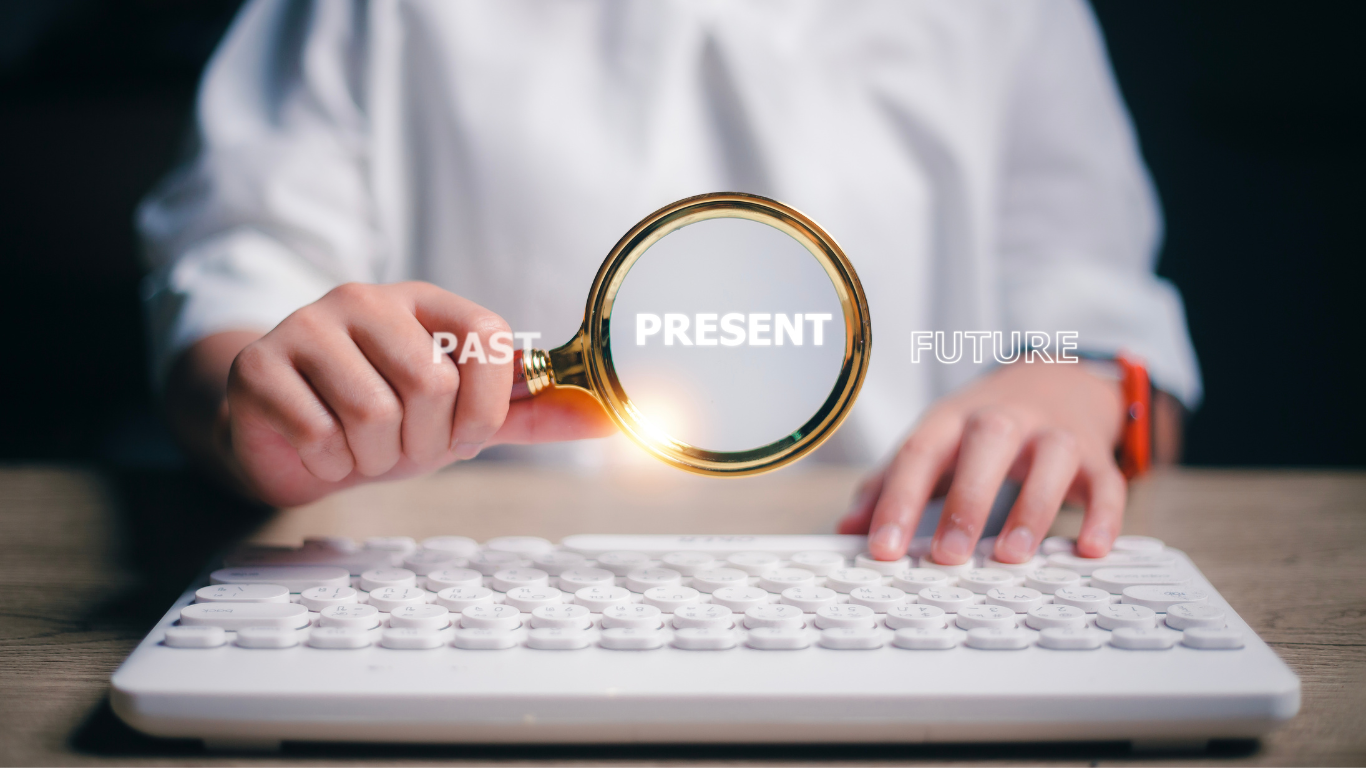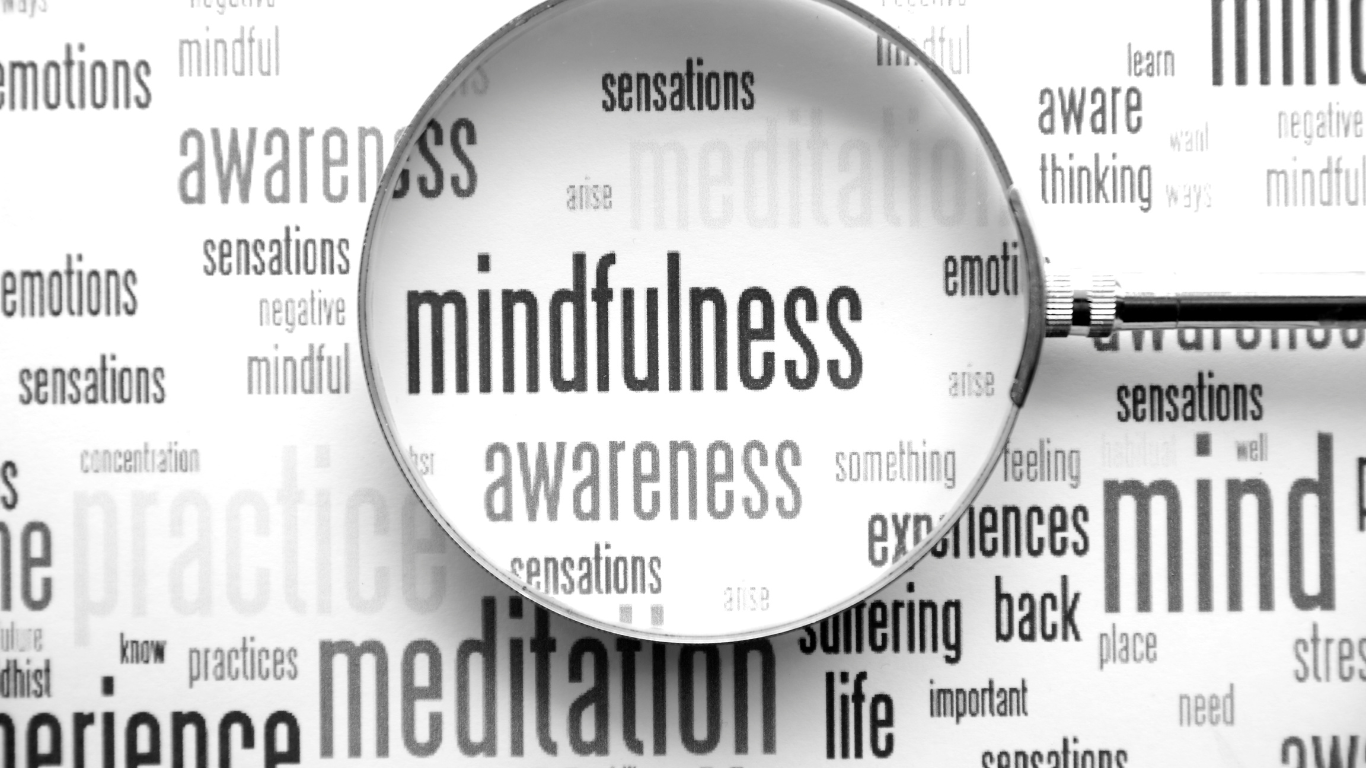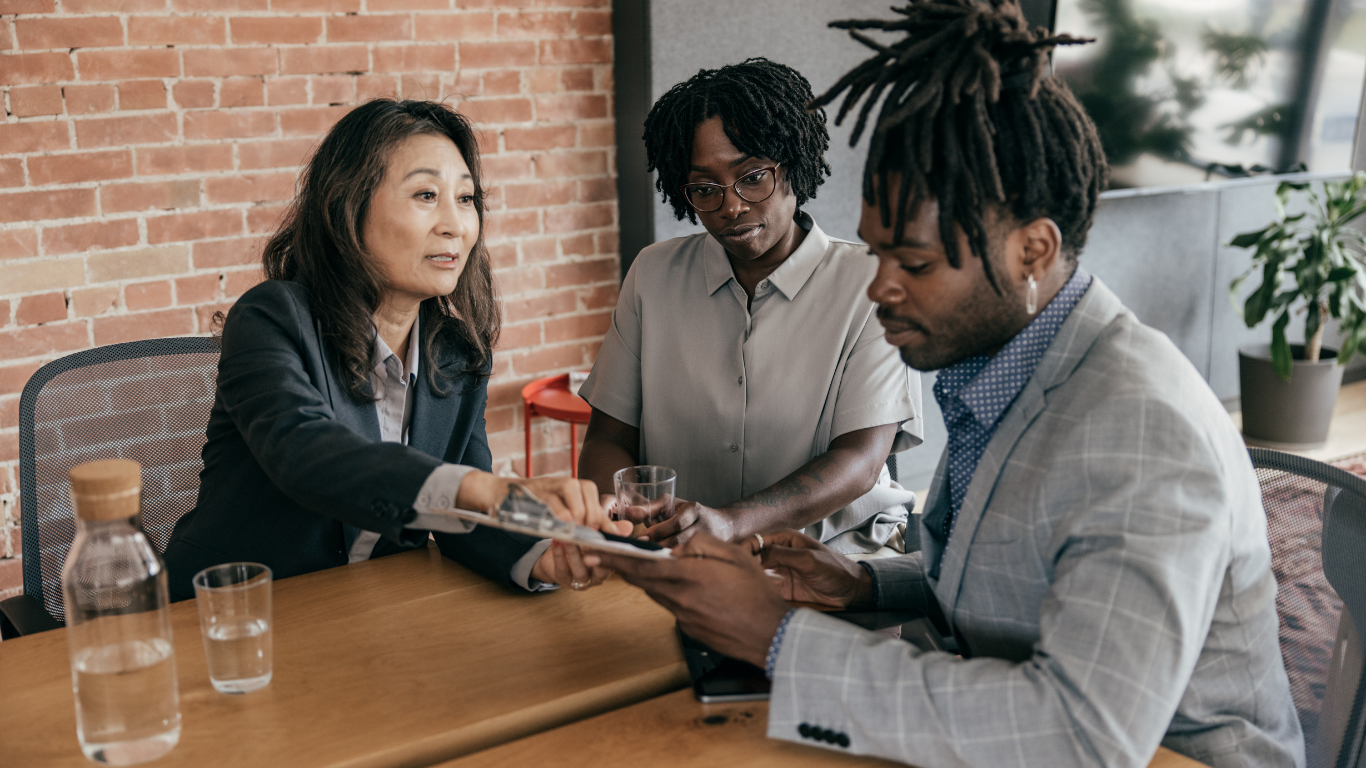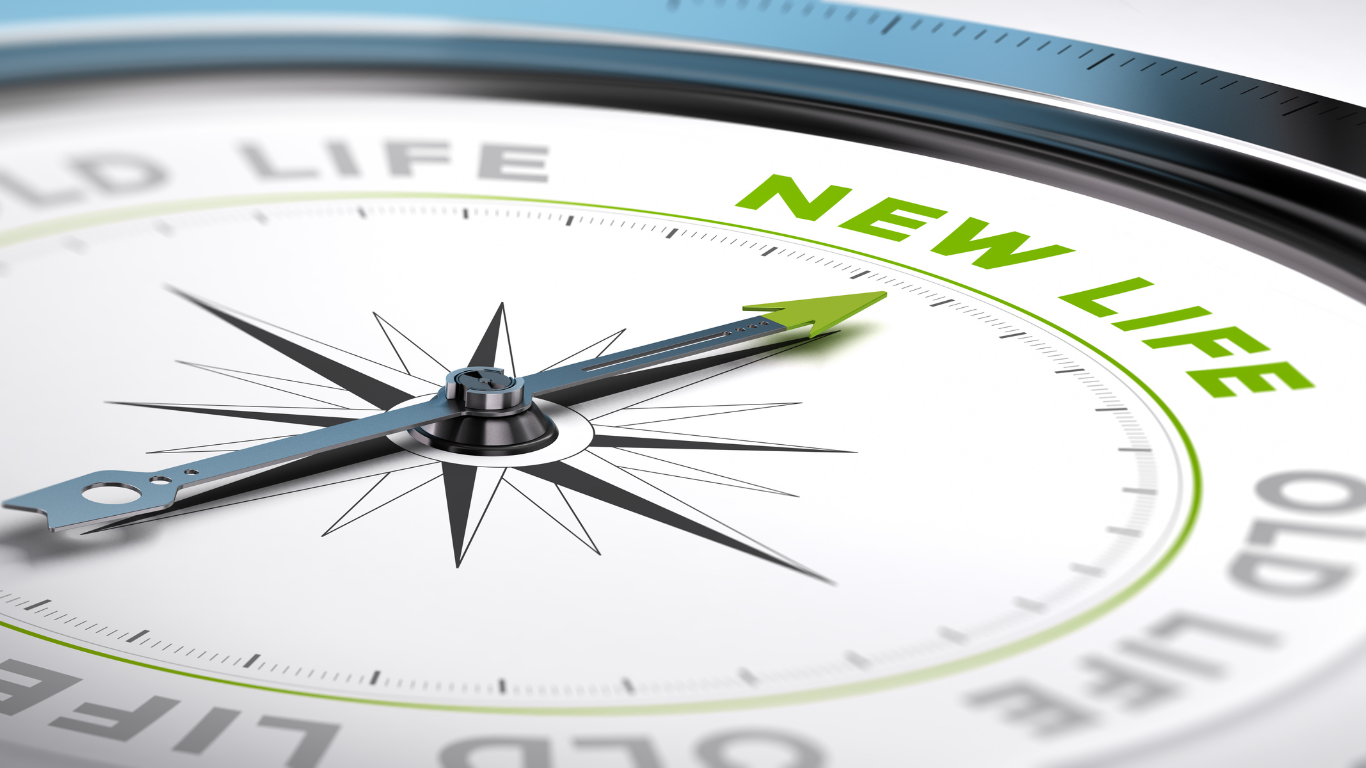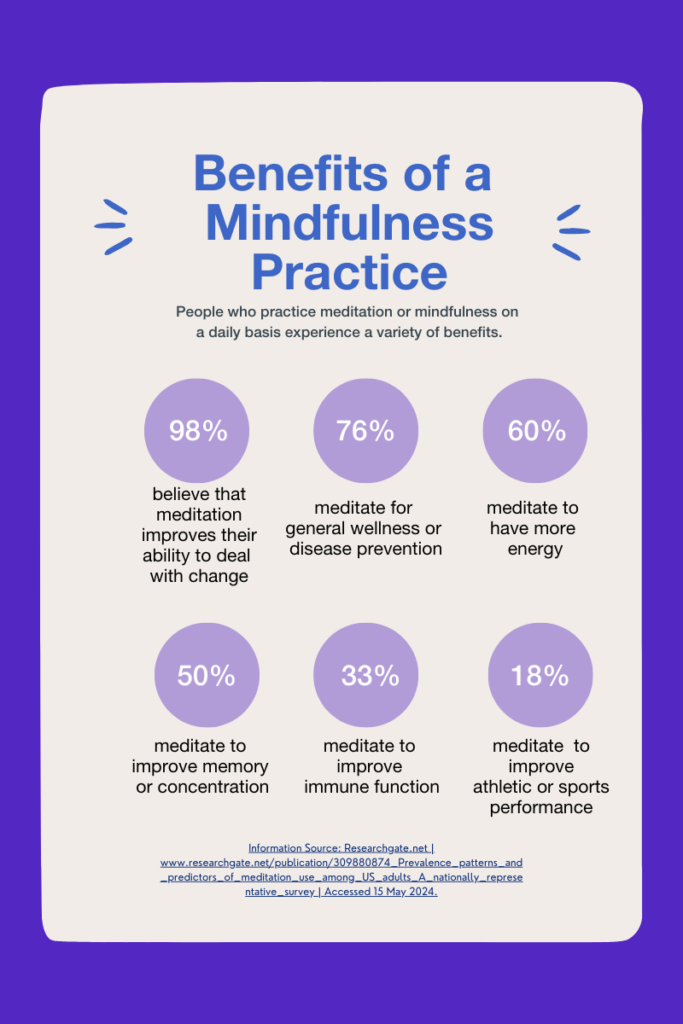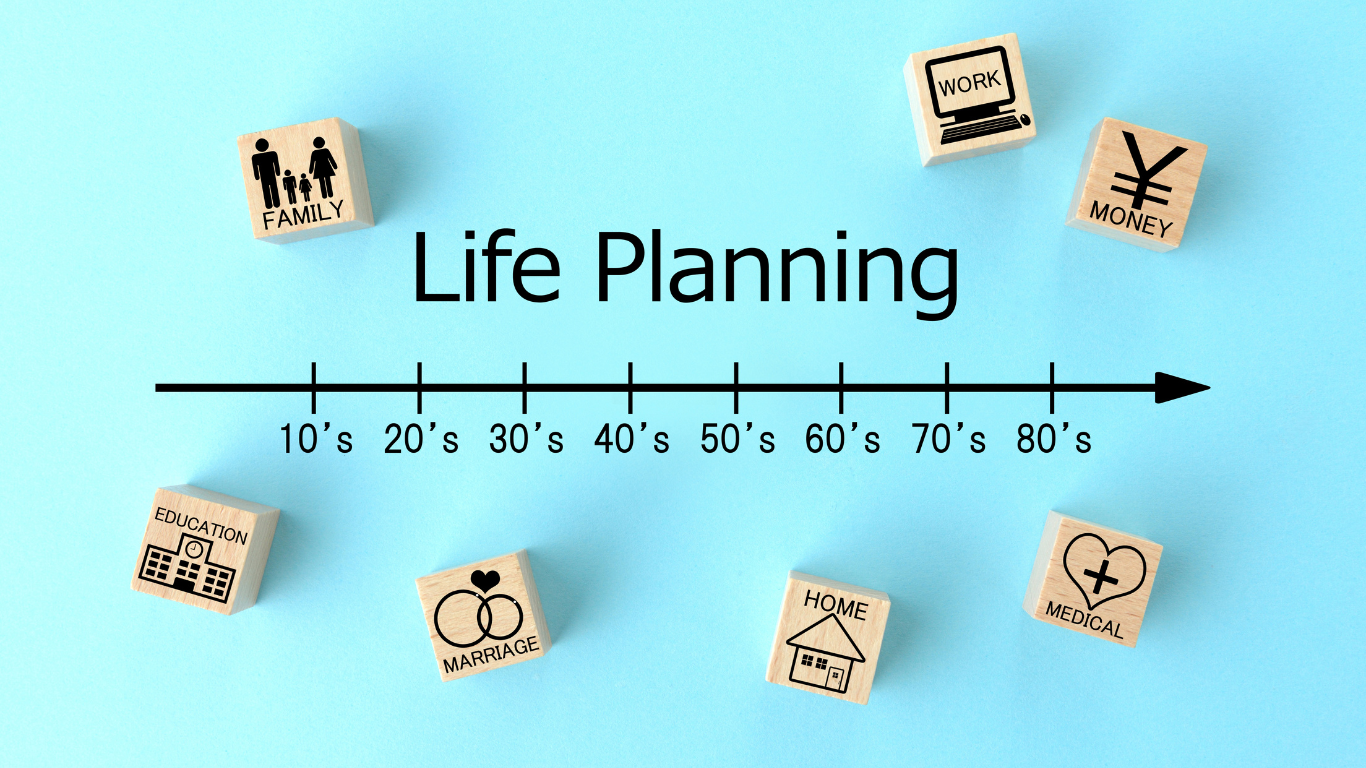Ever wonder what all the fuss is about regarding meditation? It is just one of the many ways of developing mindfulness. The practice of focusing on the present moment, often through sensations in the body. It can be practiced during meditation or in everyday activities, such as cooking, eating, cleaning, walking, or star gazing up into the sky. However you find yourself most comfortable developing it, mindfulness is a powerful tool anyone can develop for themselves. How have I come to know so much about mindfulness? It is a daily practice of mine and one I share with all my clients, no matter where in the world they may be leading teams, interacting with colleagues or influencing senior leadership and clients. Developing a mindfulness practice has helped every client with whom I’ve worked become a more effective leader.
Hi, I’m Byron Darden with another edition of Leading with Purpose on Purpose. In this seventh installment, we continue our series on Transitions with this month’s, Transcending Change: Embracing Mindfulness in Transitions. Enjoy!
Let’s begin this month’s blog with Transcending Changes: Embracing Mindfulness in Transitions.

